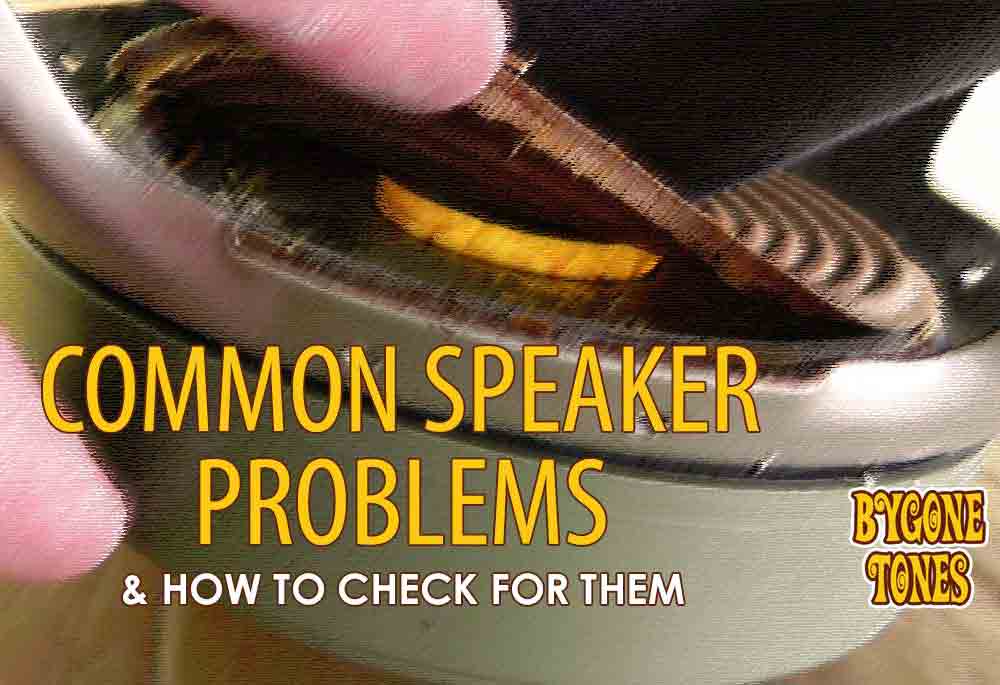the2x12ammunition
New Member
- Joined
- Jul 21, 2024
- Messages
- 7
- Reaction score
- 4
What are some things to look for on the speaker cone that indicates bad condition? Never bought a new greenback before but this is a pulsonic G12M I’m potentially paying a lot of money for, so I want to be careful. Any input appreciated, thanks!


